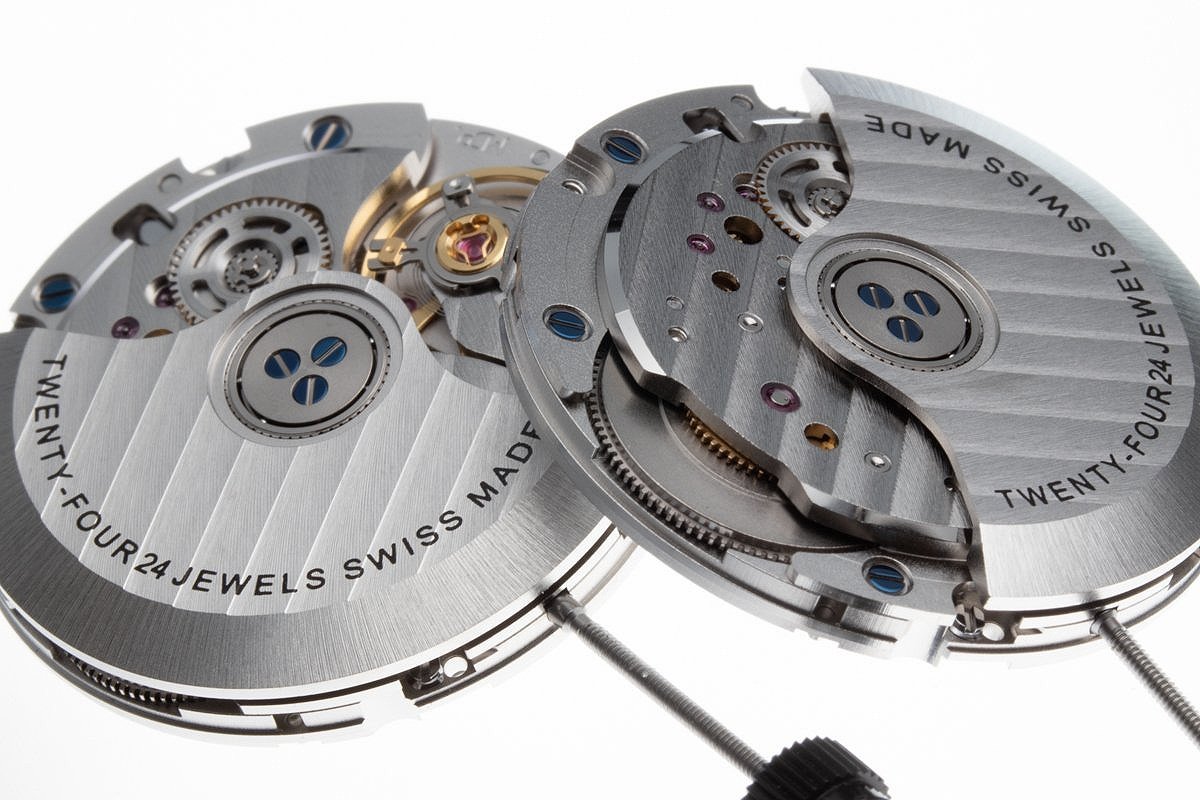For me, in addition to the design, the caliber is very important, when I bought my Oris Big Crown Poiter date with Sellita SW200/1 3 years ago for less than €1.3k it seemed like an excellent choice to have a good watch from a historic Maison and an acceptable caliber it is reliable.
But now I see that the same watch is offered for €2,250 makes me think and I would certainly not buy again, I would go to other brands that at the same price offer superior calibers for performance, for example Nomos, Longines with the l888.5 or Mühle Glashütte (they use SW200/1 top grade), of the simple SW200 in standard version that uses Oris (declared with a discard of -5/+30 SPD).
Obviously this is not just a condemnation of Oris, but there are also other brands with higher figures such as Tag Heuer for example.
I want to understand the markups and repositioning but an extra effort to use at least a higher grade caliber or modified could do it.
What do you think about it?
But now I see that the same watch is offered for €2,250 makes me think and I would certainly not buy again, I would go to other brands that at the same price offer superior calibers for performance, for example Nomos, Longines with the l888.5 or Mühle Glashütte (they use SW200/1 top grade), of the simple SW200 in standard version that uses Oris (declared with a discard of -5/+30 SPD).
Obviously this is not just a condemnation of Oris, but there are also other brands with higher figures such as Tag Heuer for example.
I want to understand the markups and repositioning but an extra effort to use at least a higher grade caliber or modified could do it.
What do you think about it?





